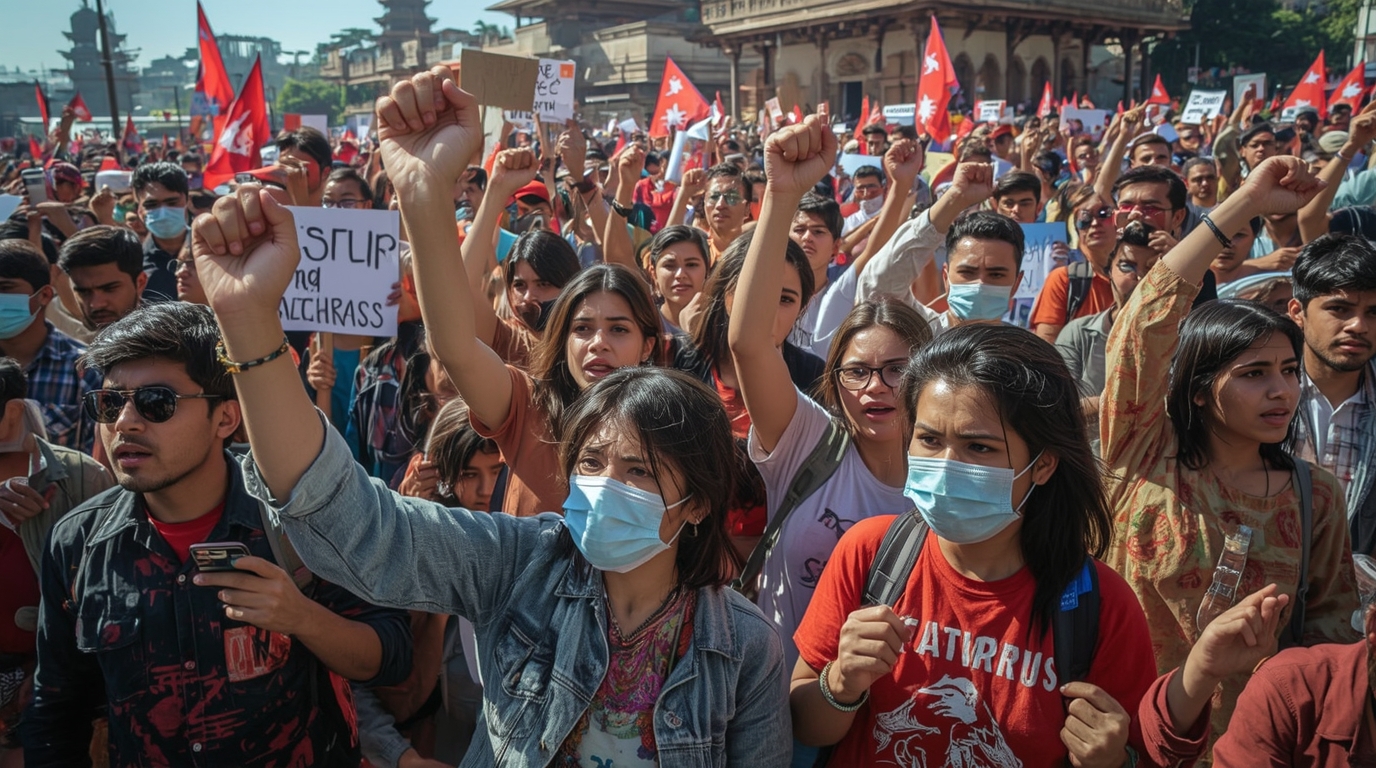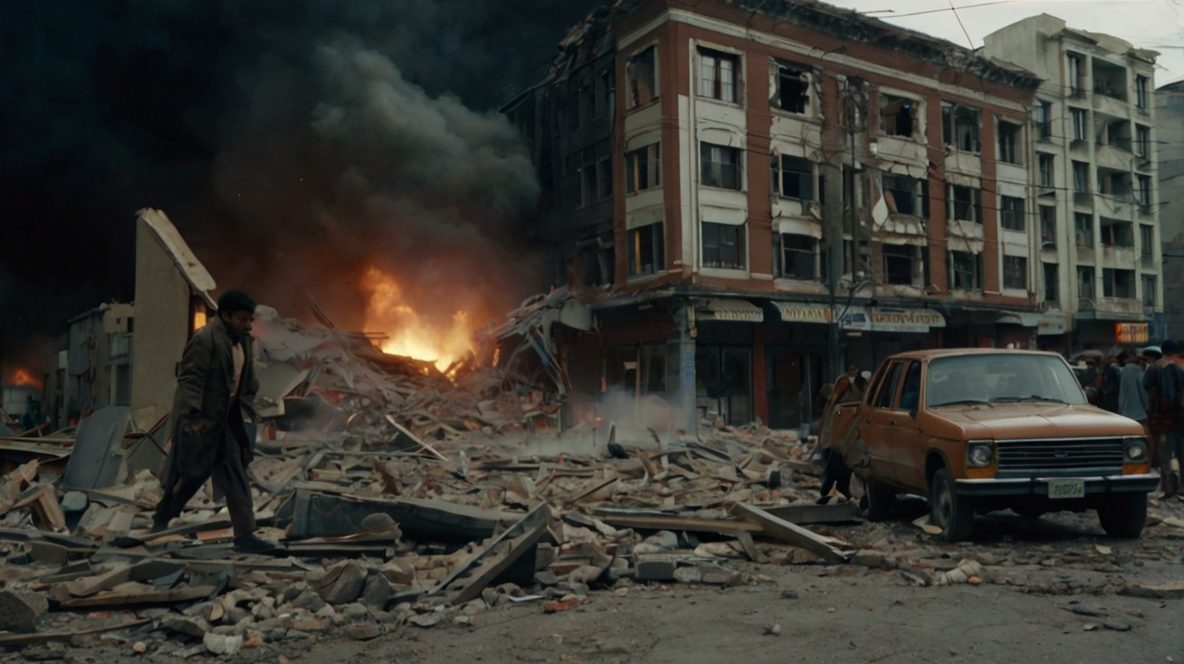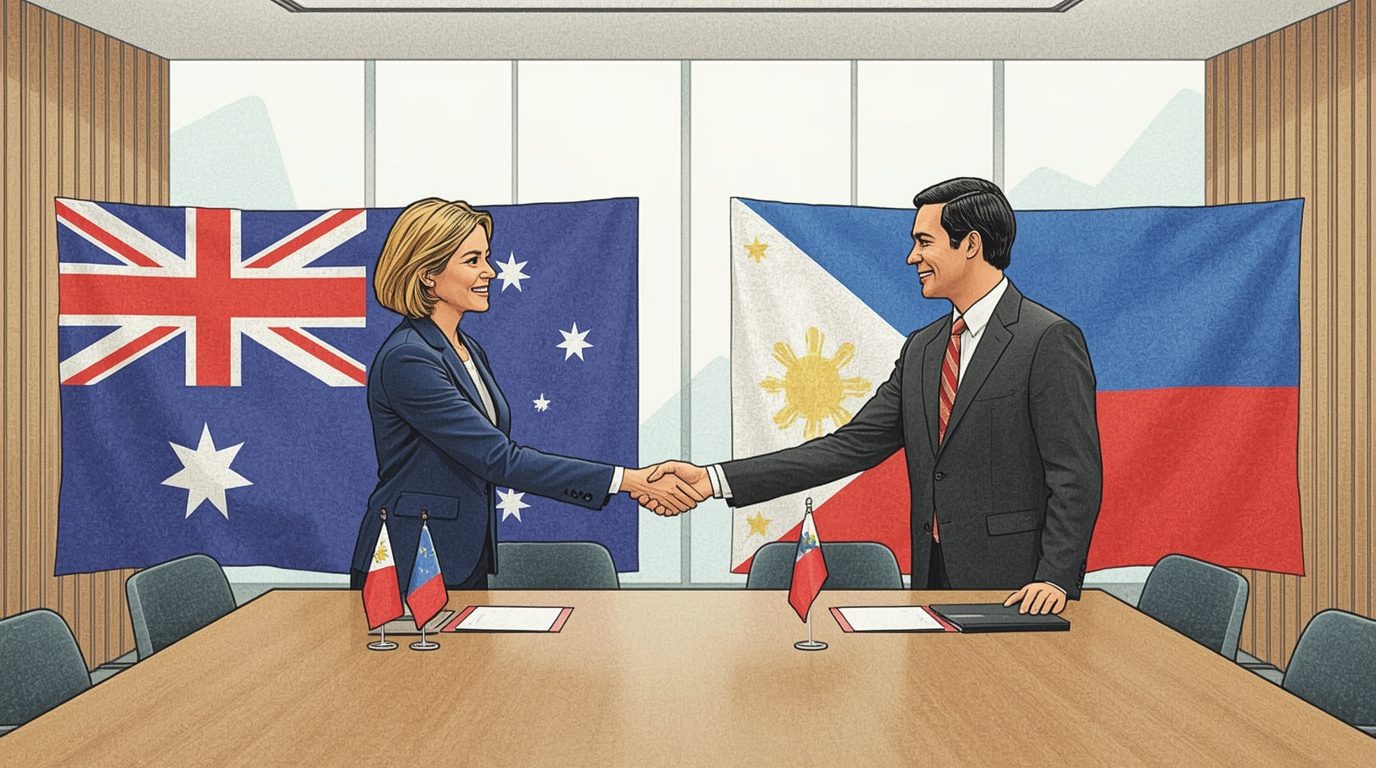Nepal Gen-Z Protests LIVE: Young People Return to the Streets After Social Media Ban Lifted, Calls Grow for PM Oli’s Resignation
Kathmandu, Nepal – The streets of Kathmandu are alive again with protest. Young people, largely from Nepal’s Gen Z, have returned to the streets after the government lifted a temporary social media ban. What started as an outcry over blocked platforms like Facebook, YouTube, X (formerly Twitter), and Instagram has grown into one of the country’s most significant youth-led movements in recent memory.
Since protests first erupted, at least 19 people have died and thousands more have been injured, underscoring the intensity of public anger and the challenges facing Nepal’s leadership.
Social Media Ban Sparks Outrage
The unrest began late last week when the government blocked major social media platforms. Officials claimed the move was necessary for national security, to combat misinformation, and to regulate online activity. However, for many young people, it felt like an attack on free expression in a country where nearly 90% of the population is online.
Protests quickly spread across Kathmandu and other cities. Demonstrators broke into the Parliament compound, setting fires and forcing authorities to impose a curfew. Police responded with water cannons, tear gas, and rubber bullets, yet the youth remained determined to make their voices heard.
Prime Minister Oli’s Defiant Stand
Despite mounting unrest, Prime Minister KP Sharma Oli has stood firm. Speaking to party members, he framed the ban as a matter of national dignity and lawfulness:
“The independence of the nation is greater than the loss of jobs of a handful of individuals.”
Oli emphasized that his government is not against social media itself but against companies operating in Nepal while ignoring local laws:
“The UML is not against social media, but what cannot be accepted is doing business in Nepal, making money, and yet not complying with the law.”
Gen Z Movement Distances Itself from Violence
The youth movement driving the protests has sought to separate itself from the violence. Ujen Raj Bhandari, a spokesperson, stated:
“Those who went beyond our planned route are not recognized by us.”
The movement has used social media to urge protesters to stay safe, warning that “vested groups” had hijacked the originally peaceful demonstrations. Analysts note that these protests highlight a new kind of political engagement in Nepal, where digital platforms are arenas for accountability, activism, and civic participation.
Government’s Justifications and Criticism
Nepal’s authorities defended the social media restrictions, citing concerns about misinformation, online harm, data privacy, and national security. Critics argue, however, that these measures risk silencing young people, who rely on social media for news, education, and civic engagement.
Scale and Impact of the Protests
Thousands of students, professionals, and activists have taken to the streets, demanding PM Oli’s resignation and government accountability. Clashes with police, using tear gas, water cannons, and rubber bullets, have resulted in injuries and deaths.
Daily life has been disrupted, with schools and universities closed temporarily, businesses operating on limited hours, and traffic heavily affected in major cities.
Historical Context
Nepal has a rich history of youth-led political movements. The 2006 People’s Movement (Jana Andolan II) helped end the monarchy and establish a federal democratic republic. What sets the current Gen Z protests apart is the role of social media, which allows young people to coordinate and mobilize faster than ever before.
International Reactions
Human rights organizations have condemned the excessive use of force and called for restraint on both sides. Tech companies have expressed concern over the ban, emphasizing the importance of digital rights and freedom of expression. Observers in neighboring countries are watching closely, viewing Nepal as a test case for balancing regulation and online freedom in South Asia.
What Comes Next?
Although the social media ban has been lifted, political tensions remain high. Protesters continue to demand PM Oli’s resignation over both the ban and broader governance issues. Experts suggest possible outcomes:
- Negotiation and compromise: The government may engage with youth leaders to address grievances.
- Escalation: If demands are ignored, protests could intensify, especially in Kathmandu.
- Policy changes: Lawmakers may revise digital regulations to better balance oversight and free speech.
Voices from the Ground
Residents in Kathmandu express mixed feelings. Some support the youth, frustrated with government policies and eager for transparency. Others worry about safety and disruptions. Students and young professionals describe the protests as inspiring yet tense, admiring their peers’ courage while fearing clashes with authorities.
Conclusion
Nepal’s Gen Z protests mark a pivotal moment for the country’s political and digital landscape. For the first time, a youth-led movement has harnessed social media to challenge government policy directly, highlighting the risks of censorship and authoritarian overreach.
While the lifting of the ban may ease tensions temporarily, deeper frustrations with governance and accountability remain. How PM Oli responds—through dialogue or confrontation—could define both his government’s future and the trajectory of Nepal’s digital democracy.
Nepal now faces a crucial question: can it protect national sovereignty and security while respecting freedom of expression, or will unrest continue to simmer in Kathmandu and beyond?
Stay updated with reliable news:
Sports: Sport Flash HQ
Business: Biz Rush
Weather: The Climate Post
Travel: Neon Report
US Local: 24 Hour Bulletin
India Finance: The Lucky Ledger
General: The Chrono Post




